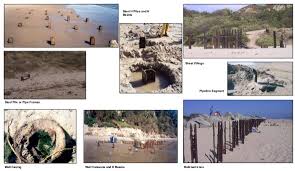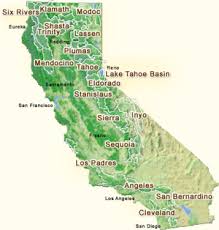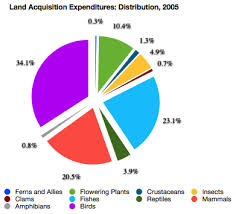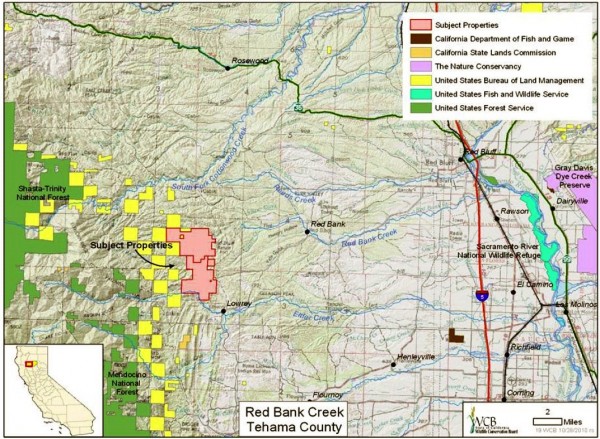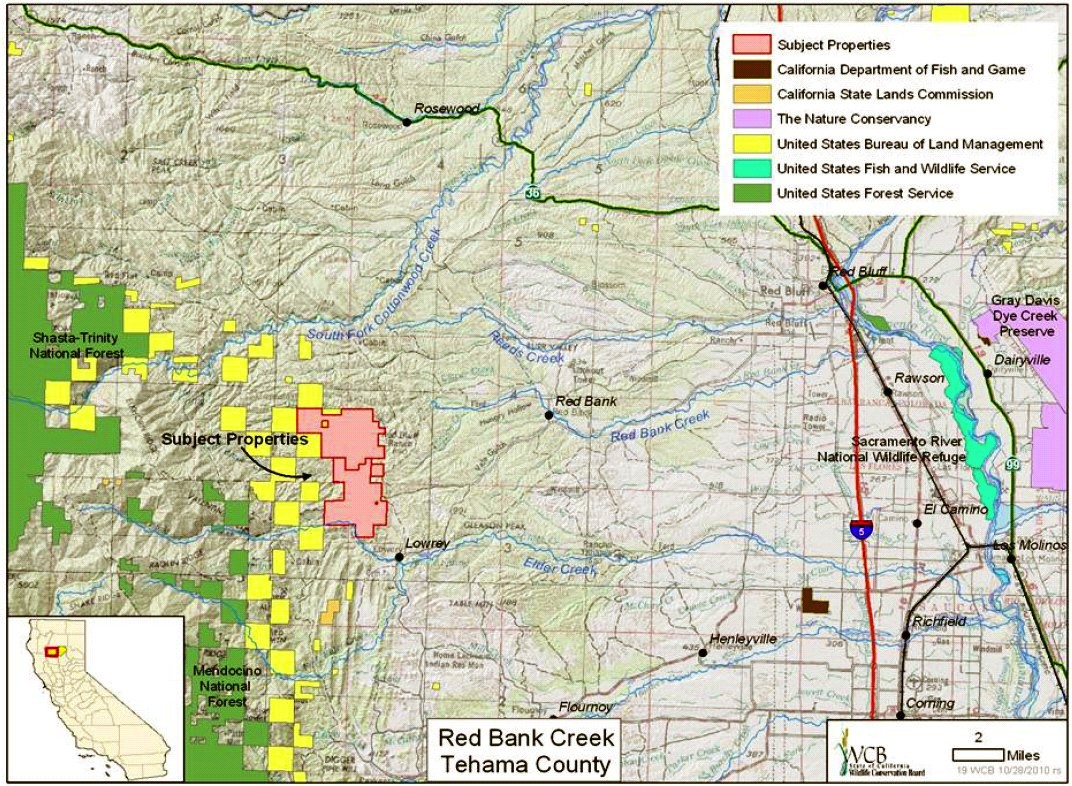
Land Acquisition Process in California
| LAND ACQUISITION PROCESS |
Summary
Duplicative and disparate processes exist for acquiring land that has cultural, natural and recreational resource significance resulting in the state paying too much for some properties and not being able to purchase others. Consolidating the resource land acquisition under one approving body and process will result in improved coordination of acquisition expenditures, lower administrative costs and enable the state to compete more effectively for desirable lands.
Background
Several departments and conservancies within the Resources Agency purchase real property, including the Department of Fish and Game (DFG) and Department of Parks and Recreation (DPR). Recent passage of Propositions 40 and 50 in 2002 have provided close to $3 billion to these departments for resource land acquisitions over the next few years. Although the departments buy similar resource-type properties, they are required to follow property acquisition procedures administered by different entities, either the Wildlife Conservation Board (WCB) or the Public Works Board (PWB). Perhaps the greatest deficiency attributable to the existing and disparate resource acquisition processes is the lack of oversight by a single entity as concluded by the State Auditor in a recently issued report: “Although various entities acquire land for ecosystem restoration and wildlife habitat preservation, the State does not have a comprehensive land use policy that provides a common vision of goals and objectives that these entities can follow.”
Land acquisition process
Land acquired by DFG for wildlife habitat is approved by the Wildlife Conservation Board (WCB), which consists of the Director of Fish and Game, the President of the Fish and Game Commission, and the Director of the Department of Finance. Acquisitions are made by WCB pursuant to the Wildlife Conservation Law of 1947, which provides for the acquisition of land for the preservation, protection and restoration of wildlife within the state through a single and coordinated land acquisition program. [4] With the possible exception of the Director of Finance, the board members have some experience and knowledge with regard to resource acquisition and land management. WCB meets quarterly, with typical acquisition approval processes averaging just over three months requiring a single submission. WCB staff perform their own due diligence and research on potential acquisitions in advance of formal board approval. [5] On the other hand, recreational, cultural and open space lands acquired by DPR or State Conservancies are approved by the State Public Works Board (PWB), which consists of the Directors of Finance, the California Department of Transportation (Caltrans), the State Controller, the State Treasurer and the Department of General Services. [6] PWB was established in 1946 to review, approve and fund capital outlay projects, particularly state infrastructure investments for acquisition of property on which to locate or expand state facilities and programs, including approving plans for major capital outlay construction projects. [7] With a focus on infrastructure, and lacking a representative from any state environmental entity or the Resource Agency, PWB may struggle with resource acquisitions compared to WCB. [8] Some nonprofit groups, which frequently partner with the state in securing resource acquisitions, contend that the WCB process is more efficient, saving the state time and money. [9] PWB’s land acquisition process is cumbersome and time consuming, with acquisitions requiring an average of 12 months to complete. [10] Land acquisitions must be brought before the board twice; once for “site selection” approval and then again for “acquisition” approval. In each instance, DPR staff prepares and submits a comprehensive acquisition package to PWB staff from DGS and DOF, each reviewing the packages at great length. These exhaustive PWB reviews are rarely limited to substantive issues and cause one out of three acquisitions to be delayed. [11] PWB’s requirement to approve site selection puts the state at a disadvantage because it requires DPR to publicly identify specific properties targeted for purchase in advance of any negotiations. This alerts property owners of the state’s intention to buy property and the proposed price, which undermines the state’s negotiating position. [12] An alternative approach would be to establish acquisition priorities within defined funding “pots,” each containing a number of properties in excess of available funding. This would allow sellers and properties to compete for funding, thereby lowering prices. In this fashion, the state could establish “value” pricing priorities for acquisitions and potentially acquire a greater number of properties at a reduced cost.

